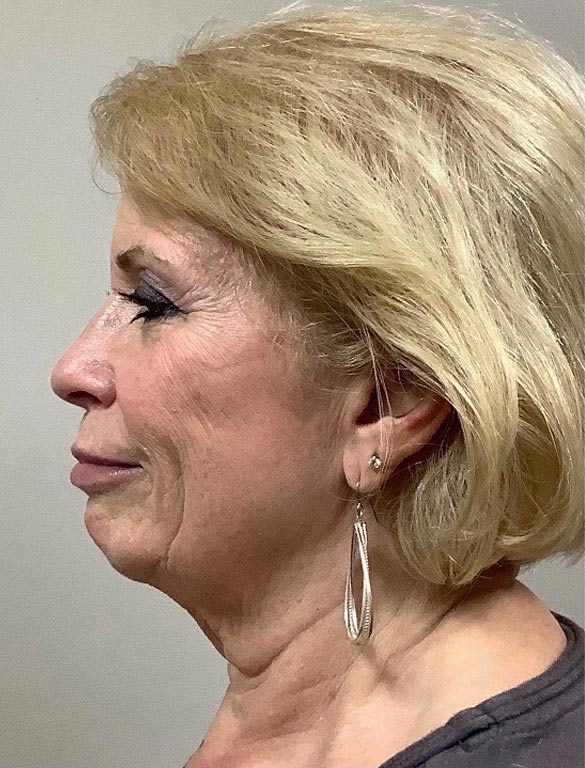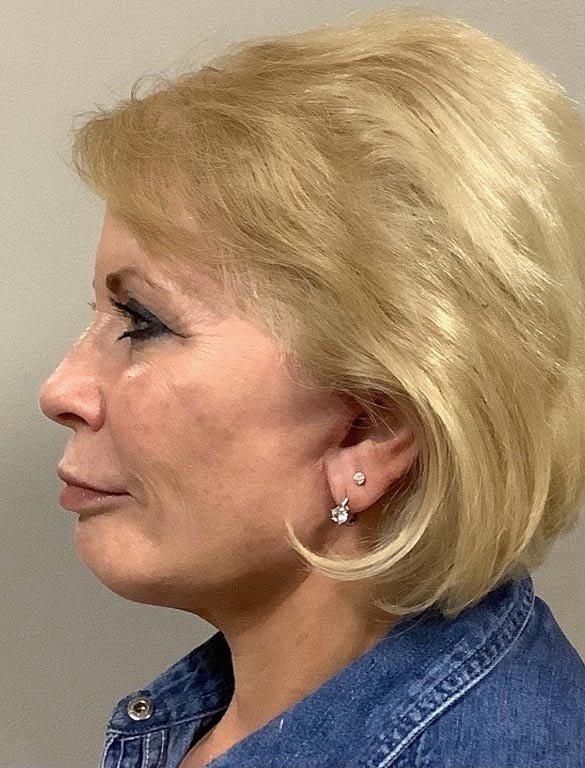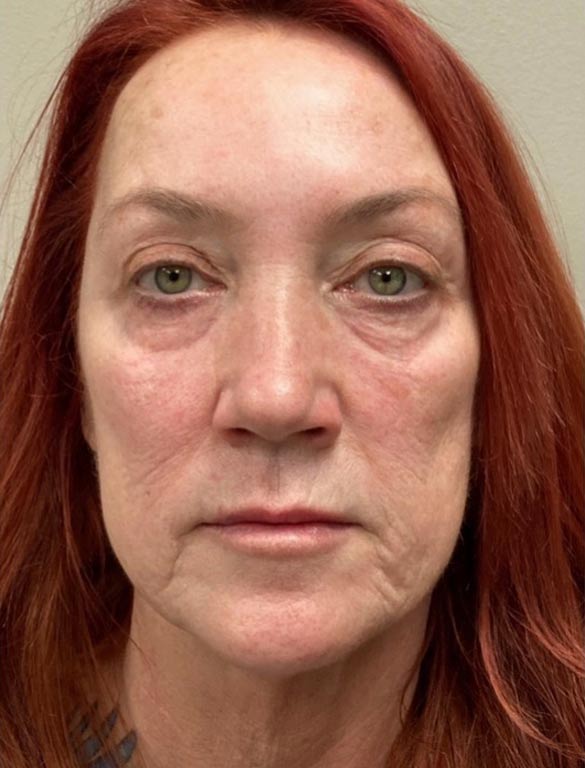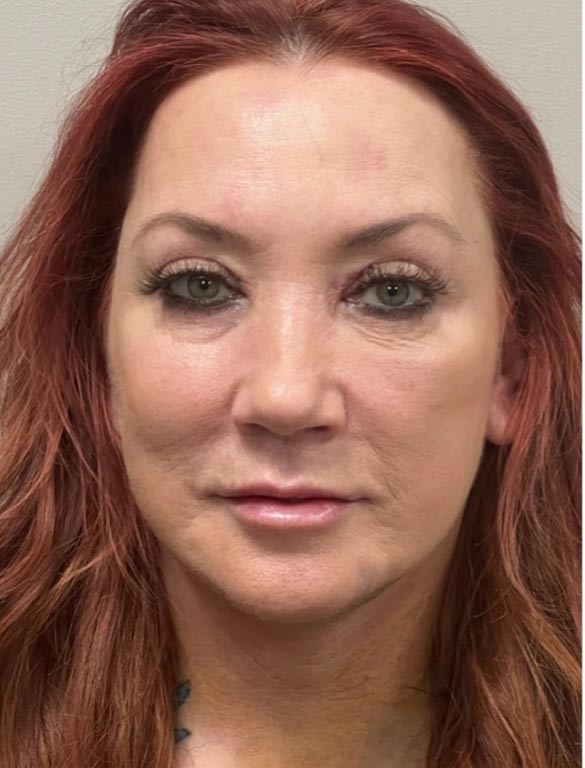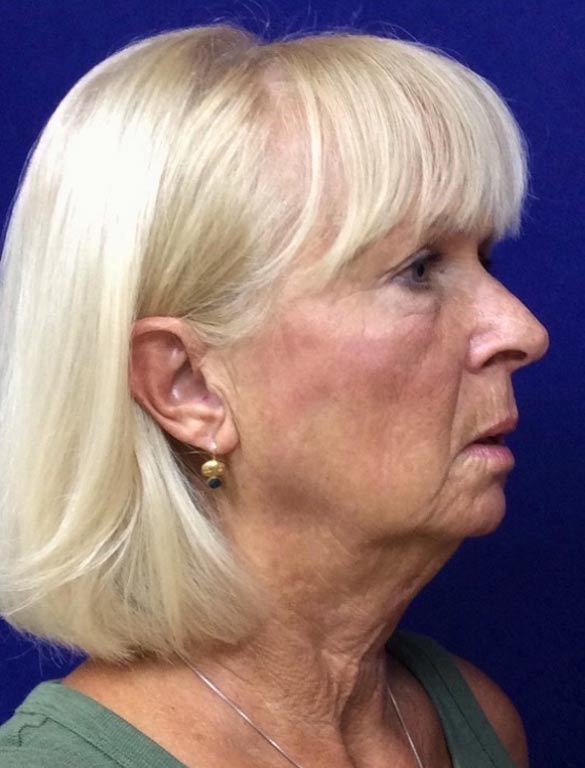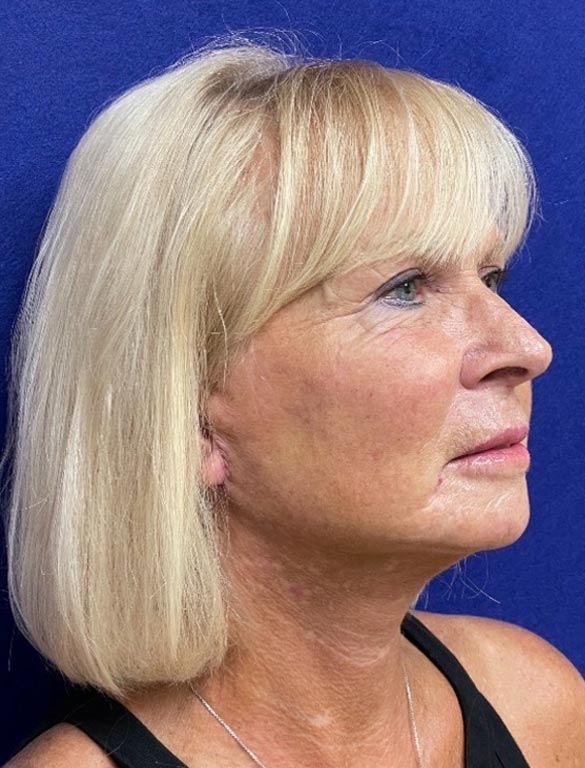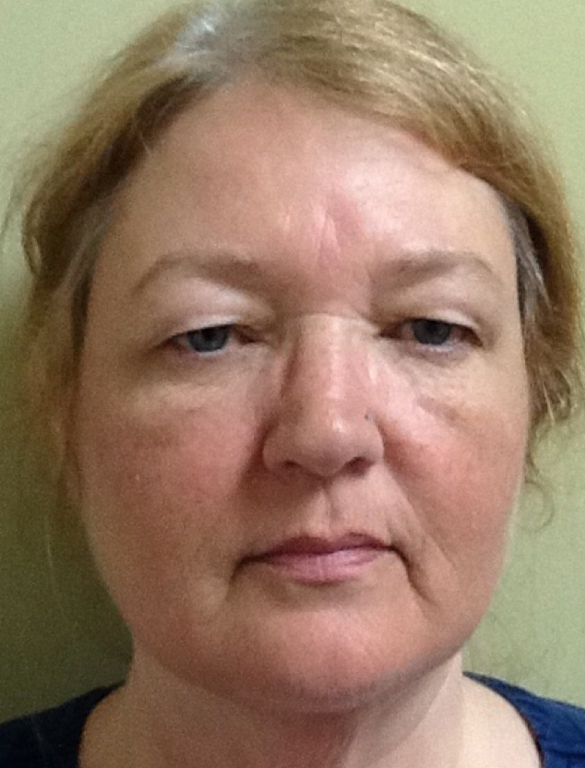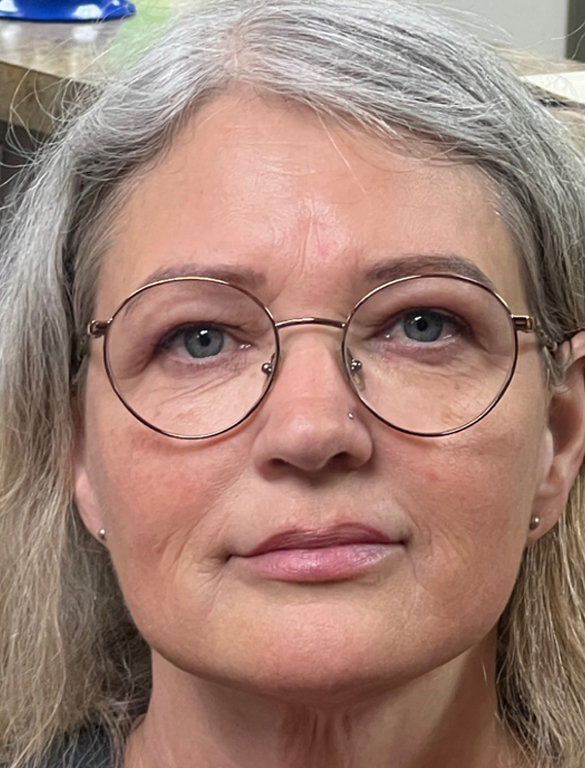Approximately 27% of adults in the United States suffer from some type of venous or vein disease. Interestingly, vein issues are more common that heart and artery diseases. Vein problems, if left untreated, can progress to more serious health problems; therefore, they should not be ignored.
Varicose Veins
Varicose veins are perhaps the most common vein disease and are often a predecessor to more serious conditions. These are the veins that appear mainly in the legs and appear as blue, red or purple ropey veins. They are a result of when vein walls weaken or fail, causing the vein to dilate, twist, and thicken. Varicose veins are often the first of a progression of increasingly dangerous vein diseases.
Chronic Venous Insufficiency
Chronic venous insufficiency is a condition caused when the veins can no longer pump blood back to the heart. The veins and valves have essentially worn out, allowing blood to flow backward and pool. Varicose veins and blood clots can also cause chronic venous insufficiency. Skin ulcers and sores on the legs are often caused by this condition.
Deep Vein Thrombosis
Deep Vein Thrombosis or DVT is perhaps one of the most serious results of vein disease. This is a condition where a thrombus or blood clot occurs in the large veins in the legs or pelvis. This clot can be life threatening, as it can break away and travel through the veins to become lodged in the lungs or heart. Called a pulmonary embolism, it can be fatal.
Other Conditions Caused by Vein Disease
There are other serious medical conditions that can arise as a result of vein disease including:
Phlebitis — This is a swelling in the superficial or deep veins
Venous Sores — If pressure is allowed to continue within the veins for long periods of time, it can cause healthy tissues to break down, resulting in sores or ulcers
Post-thrombotic syndrome — This is actually a condition that can occur after DVT treatment, due to a remaining clot or other vein damage. Symptoms include pain, heaviness, itching and tingly in the legs, along with brownish or bluish flaky skin.
Getting treatment for vein disease in its early stages is very important to your overall health. Whether you are seeing the first stages or are experiencing more severe symptoms, you should consult with a physician as soon as possible. The professionals at the Skin and Vein Center are experienced and knowledgeable in all aspects of diagnosing and treating vein disease. Call today to discuss your individual case.

